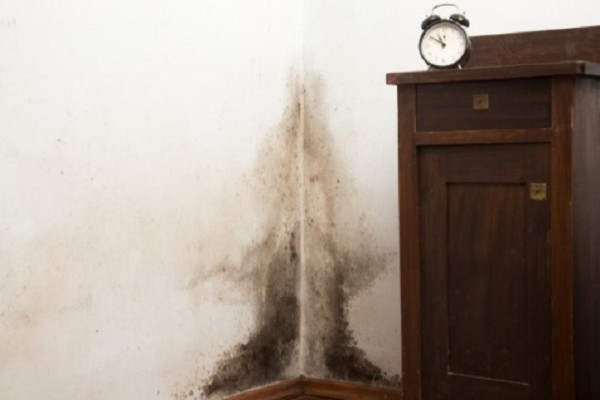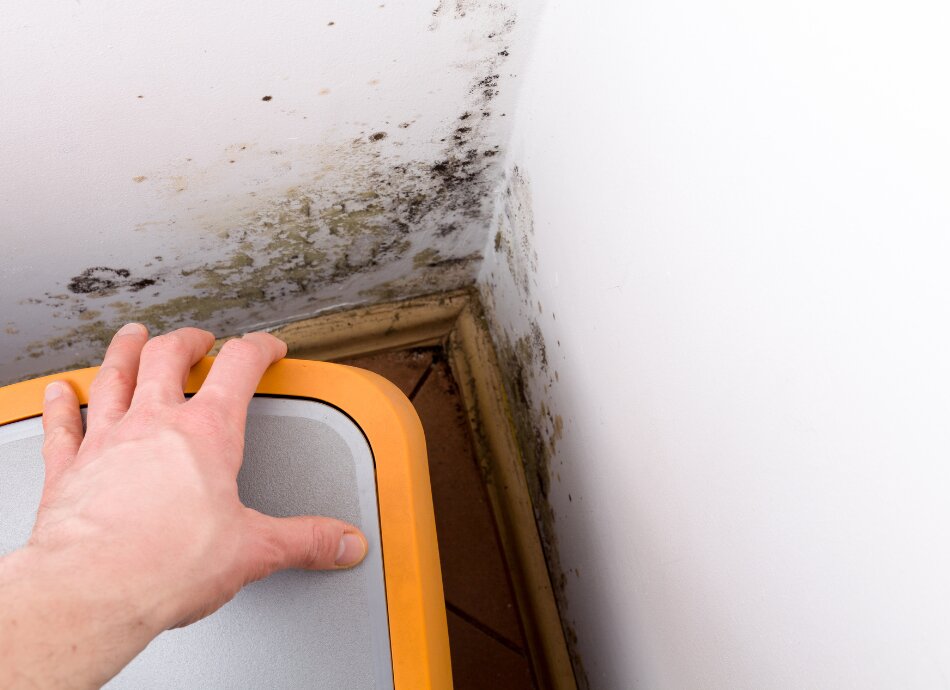Dampness is caused by having too much moisture in your house. And mould loves to grow in damp places.
Mould is a type of fungus. It is bad for your health because it produces allergens (things that can cause an allergic reaction), irritants and sometimes poisonous substances.

Image credit: Shutterstock






